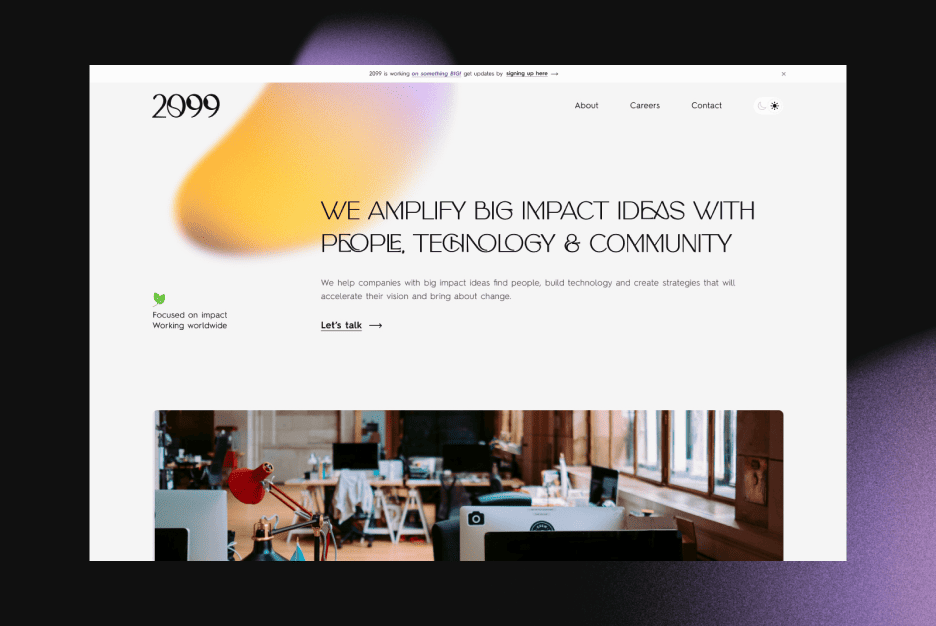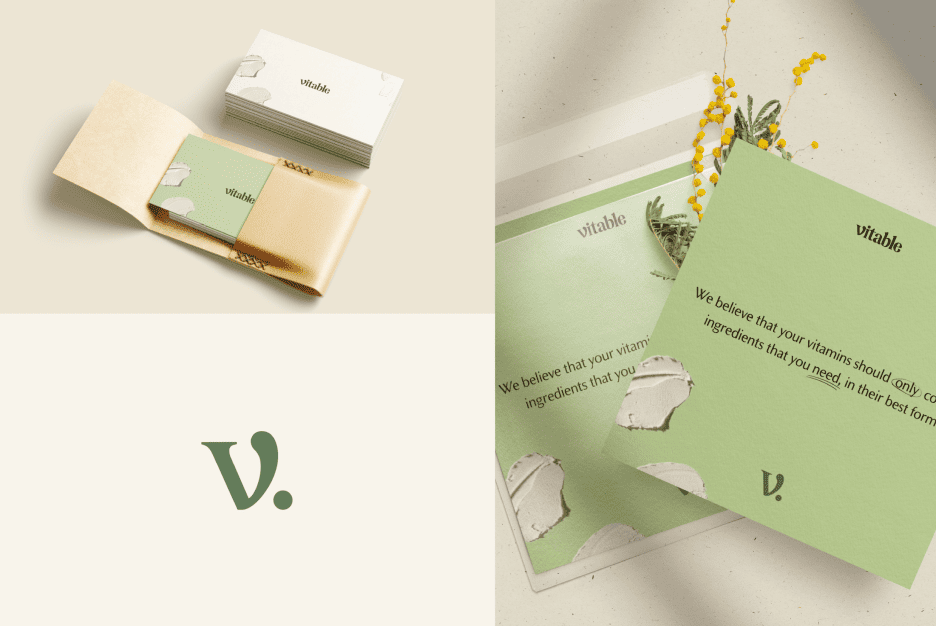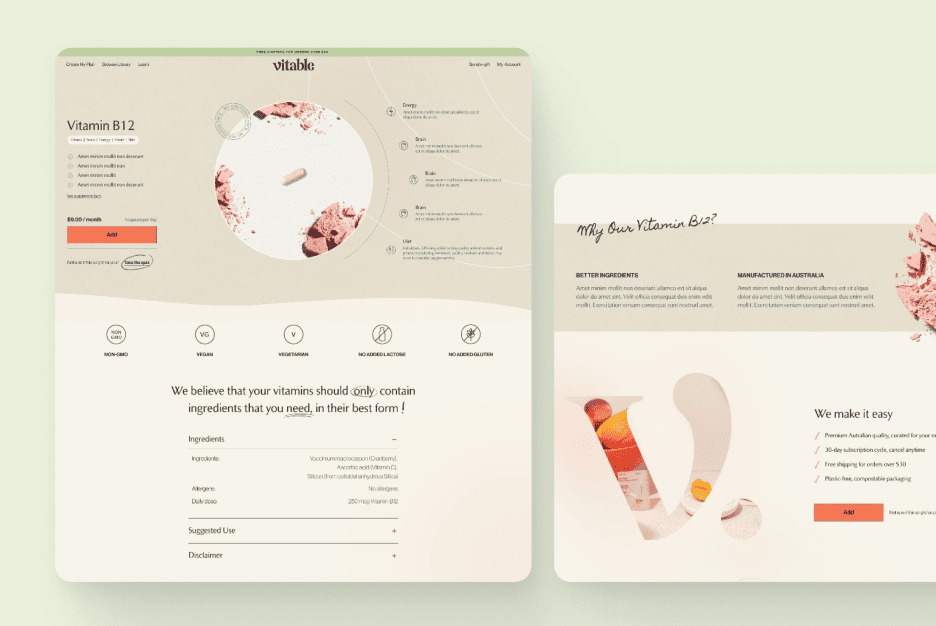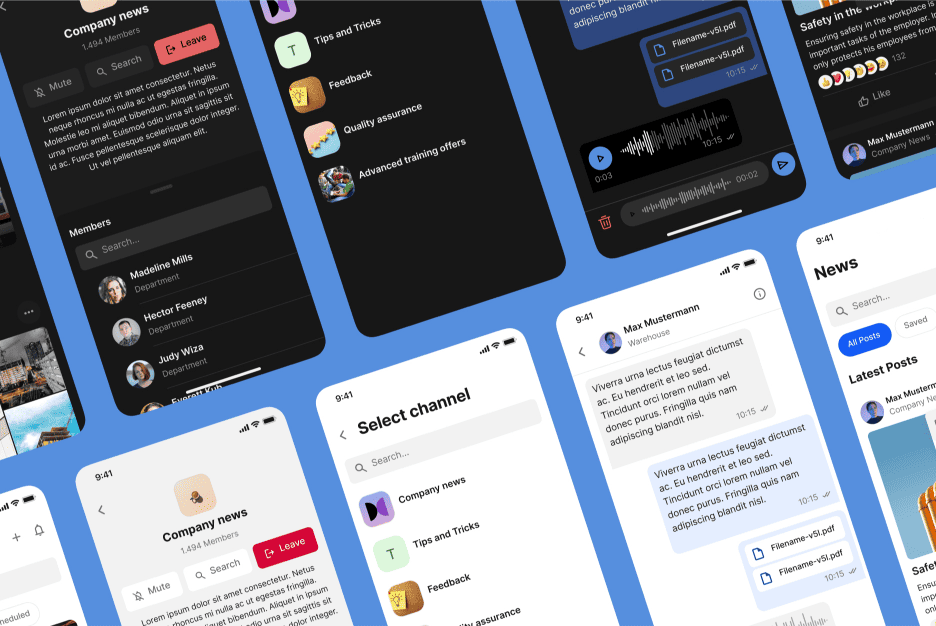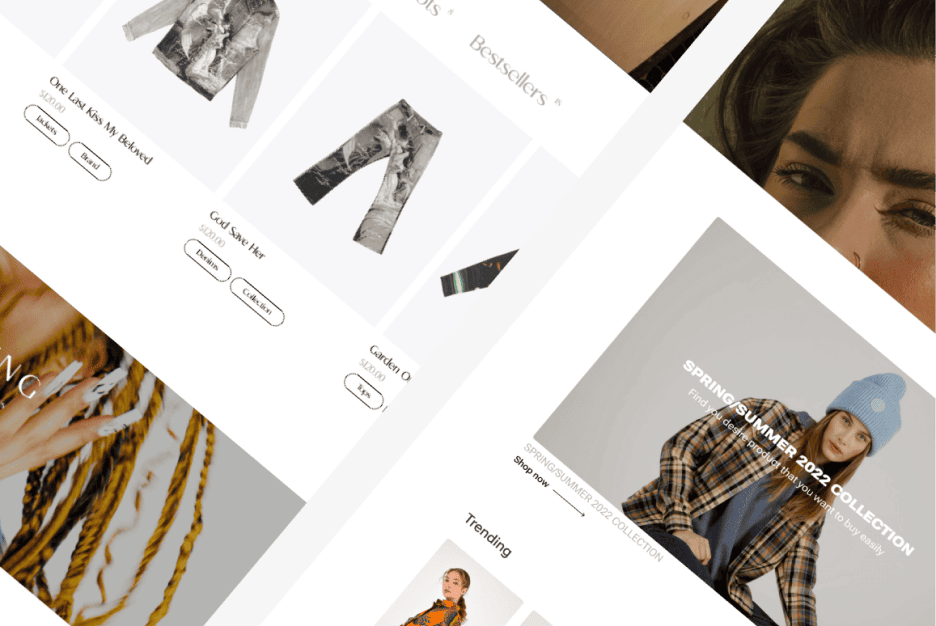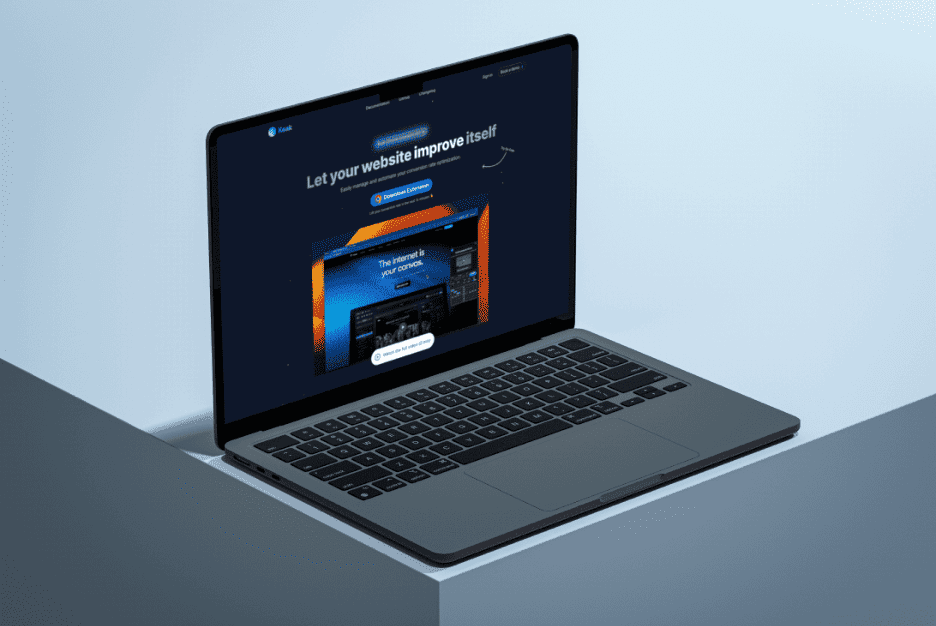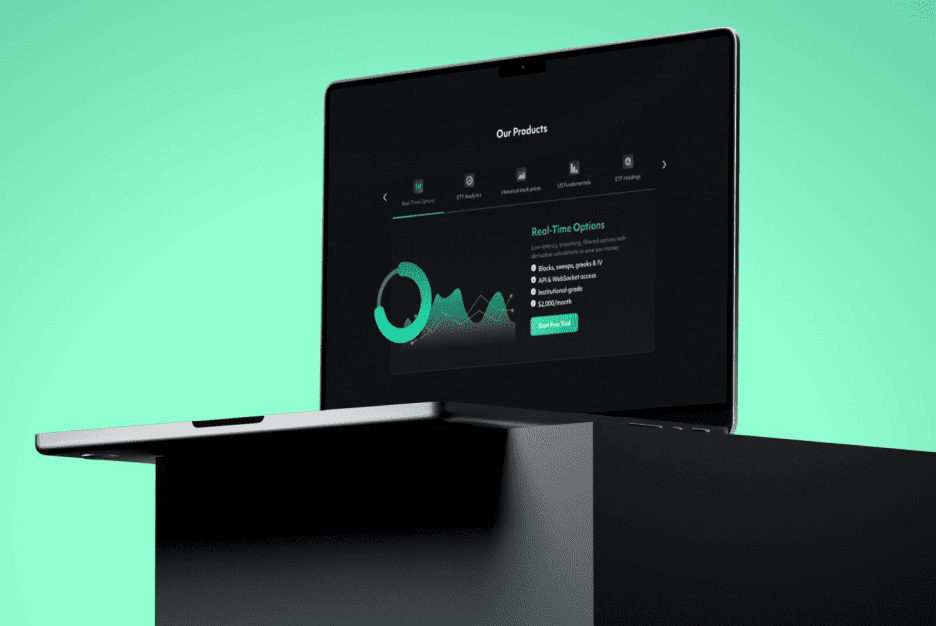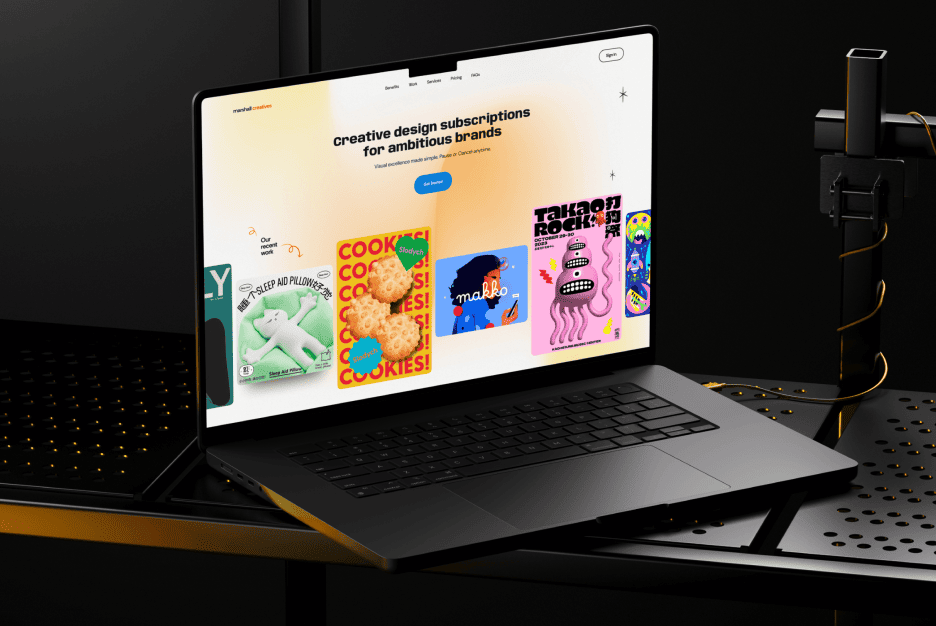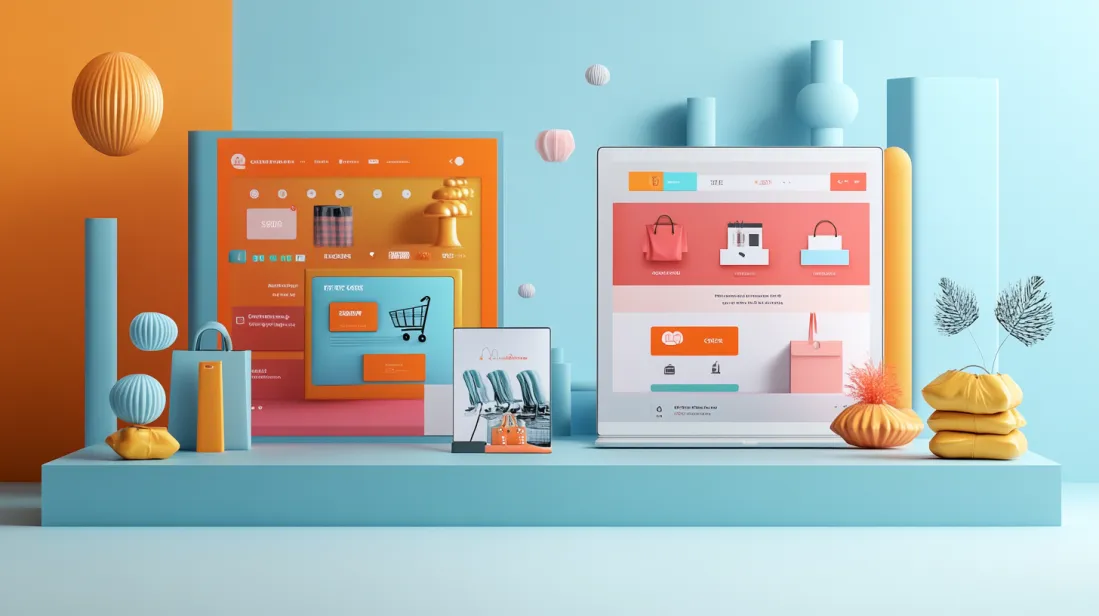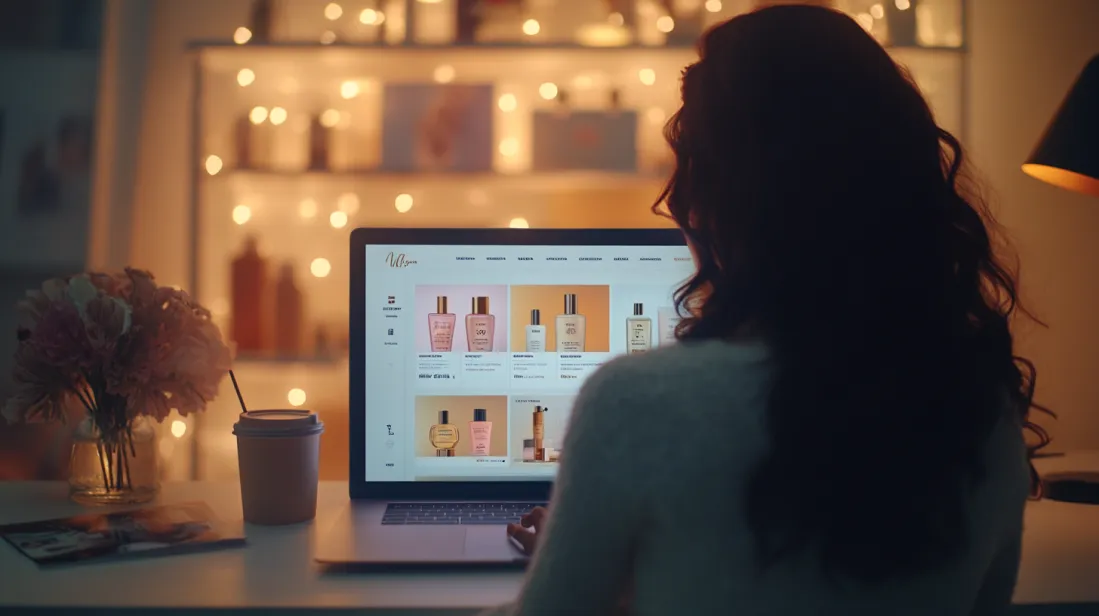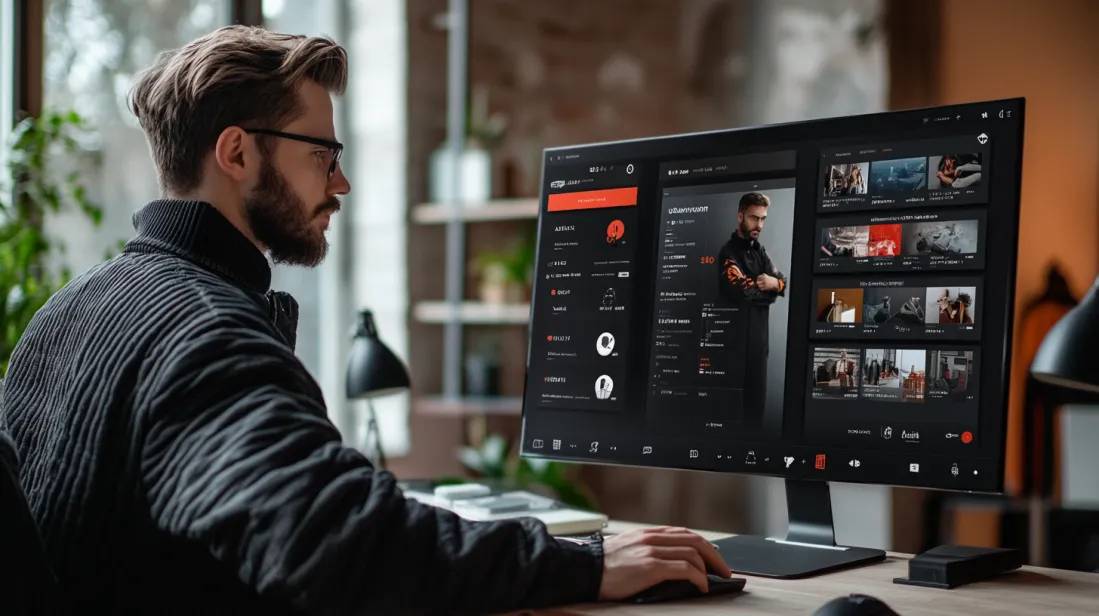Why Understanding Gender-Specific Shopping Behavior Matters in Web Design
E-commerce isn’t just about showcasing products—it’s about creating a seamless, intuitive, and persuasive shopping experience. The way people make purchasing decisions varies depending on multiple factors, including psychology, habits, and even gender-based behavioral patterns.
Men and women approach online shopping differently, prioritizing various elements such as price, convenience, aesthetics, and trust signals. A well-optimized web design should cater to these differences, ensuring that each visitor finds the journey effortless and compelling.
Ignoring these nuances can lead to missed conversions, abandoned carts, and poor user engagement. Understanding how different audiences interact with your website allows you to refine UX, UI, and content strategies—boosting both sales and customer loyalty.
In this article, we will break down key differences between male and female purchasing behavior and show how you can implement data-driven web design strategies to enhance user experience and increase conversions.
How Women Shop Online: Emotion, Visual Appeal, and Trust
Women are experience-driven shoppers who rely on emotions, trust signals, and community influence. The decision to buy is often based on how comfortable, secure, and excited they feel about the purchase.
1. Social Proof & The Power of Recommendations
Women are heavily influenced by recommendations, whether from friends, online reviews, or influencers. The “word-of-mouth” effect plays a crucial role in building trust and validating purchasing decisions.
How to Optimize for This:
✔ Showcase customer reviews prominently
✔ Include real user-generated content (photos, testimonials, before/after pictures)
✔ Collaborate with influencers and brand ambassadors
✔ Implement social media integrations for direct community engagement
Want to dive deeper into this topic? How Social Proof Increases Conversions
2. Discounts & Perceived Savings
Women are price-sensitive but not necessarily looking for the cheapest option—they value perceived savings. Limited-time offers, bundle deals, and first-time buyer discounts create a sense of exclusivity and urgency.
How to Optimize for This:
✔ Add “Today’s Deals” sections and countdown timers for promotions
✔ Use loyalty programs and personalized discounts for repeat buyers
✔ Offer free shipping thresholds and bundle discounts
Looking for more insights? How UX Design Increases Sales with Psychological Triggers
3. Visual-Driven Decision Making & The Role of Color
Women are more likely to rely on aesthetics and color psychology when making purchases. A well-designed, visually engaging website creates an inviting atmosphere that builds trust and enhances browsing experience.
How to Optimize for This:
✔ Choose a cohesive, aesthetically pleasing color palette
✔ Use large, high-quality product images and lifestyle photography
✔ Implement interactive galleries and 360-degree product views
This is just the beginning! Read The Power of Color Palette in Web Design
4. Before & After Imagery: Seeing the Transformation
Women are more likely to buy a product when they see tangible results—whether it’s skincare, fitness equipment, or home decor.
How to Optimize for This:
✔ Use before-and-after image sliders
✔ Feature real success stories and case studies
✔ Provide step-by-step product use guides
5. Research & Informed Decision Making
Unlike men, who often make quick, logic-driven purchases, women tend to research extensively before committing. They compare products, read multiple reviews, and seek out detailed explanations.
How to Optimize for This:
✔ Create detailed product pages with FAQs, comparisons, and explainer videos
✔ Add comparison tables to highlight product benefits vs. competitors
✔ Use educational blog content to guide users toward a purchase
A great design is just one piece of the puzzle! How Content Marketing Helps Buyers Make Decisions
How Men Shop Online: Efficiency, Logic, and Quick Decisions
Men generally shop with a goal-oriented mindset, prioritizing efficiency, functionality, and directness over emotional or aesthetic factors.
1. Problem-Solving & Immediate Results
Men see shopping as a way to solve a problem, meaning that clear, benefit-driven messaging resonates best with them.
How to Optimize for This:
✔ Use direct, no-fluff headlines that highlight solutions and benefits
✔ Keep CTAs short and action-oriented (e.g., “Buy Now,” “Get Started”)
✔ Highlight practical applications and product functionality
You may also like this – Why Every Design Launch Needs a Detailed UX Plan
2. Minimalism & Streamlined Navigation
Men prefer a simple, distraction-free shopping experience. Cluttered designs or overwhelming choices can lead to decision fatigue.
How to Optimize for This:
✔ Keep navigation simple and intuitive
✔ Offer one-click checkout options
✔ Reduce unnecessary animations and distractions
3. Delegation & Convenience
Men often prefer automated recommendations that reduce the effort required to make decisions.
How to Optimize for This:
✔ Implement AI-driven product suggestions
✔ Offer subscription models for convenience
✔ Provide quick-buy bundles to simplify choices
Why Simplification Boosts Conversions
4. Data & Price Justification
Men focus less on promotions and more on justifying the price. They need clear evidence that they are making a smart investment.
How to Optimize for This:
✔ Display technical specifications and comparison charts
✔ Use rational, benefit-driven product descriptions
✔ Offer guarantees, warranties, and performance metrics Explore our latest article on Designing Trust: How to Make Users Love and Trust Your Online Store
Bridging the Gap: A Gender-Neutral Web Design Strategy
The best web design blends elements that appeal to both audiences. By integrating data-driven personalization, businesses can ensure they cater to individual shopping behaviors, not just broad gender categories.
Final Thoughts
Understanding how different audiences interact with your site helps optimize the shopping experience, boosting conversions and customer satisfaction.
Would you like to optimize your e-commerce store for higher engagement and sales? Our team at Almax Agency specializes in crafting data-driven web experiences that resonate with your audience.
